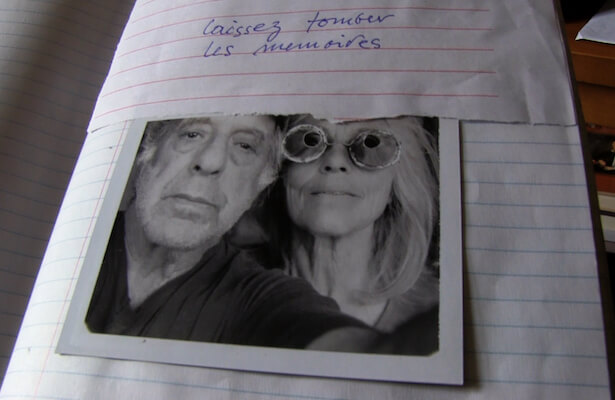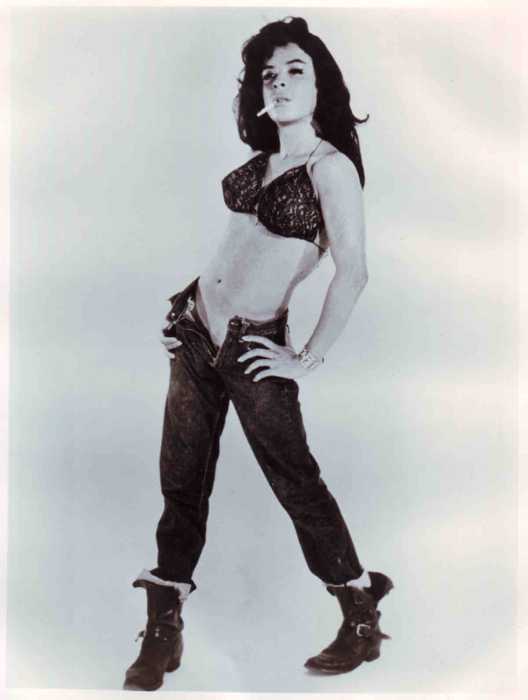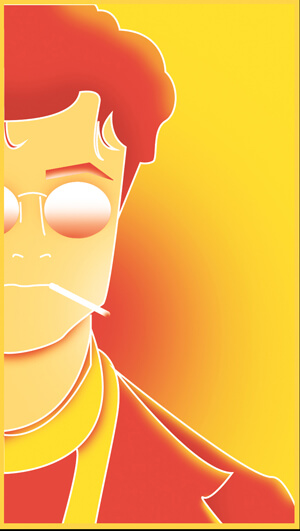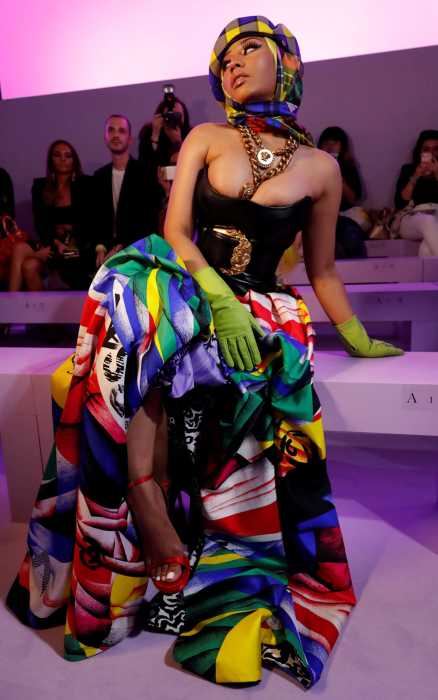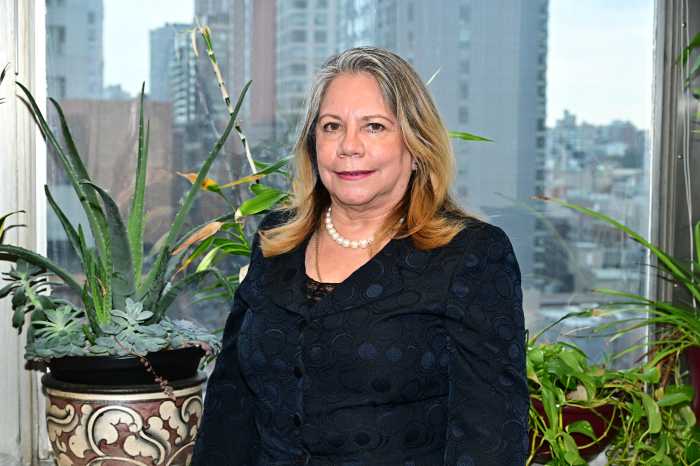Robert Frank in Laura Israel’s “Don't Blink – Robert Frank.” | PHOTO BY LISA RINZLER/ GRASSHOPPER FILM
Laura Israel’s jazzy, inspiring documentary “Don’t Blink — Robert Frank” is a nifty portrait of the iconic Swiss-born photographer. Through artfully assembled interviews, home movie footage, film clips, and dozens of sensational photographs, Israel captures Frank’s talent and his candor. Her film also raises intriguing questions about the nature and purpose of art.
“Don’t Blink — Robert Frank” is hardly a comprehensive documentary. It briefly addresses the artist’s Swiss parents, his arrival in America, and the highlights of his career in photography and film. Frank’s initial success was his landmark 1958 book “The Americans,” which featured an introduction by Jack Kerouac along with 83 images Frank took during a nine-month, 10,000-mile trip through 30 states.
For viewers unfamiliar with the esteemed photographer’s work, there are glorious, arresting pictures that are seen on contact sheets or as individual stills. As we see the hand of an African-American man, the inside of a Ford Motors factory, and a funeral, Frank explains how his trip made him “really like America,” despite some critical reactions to the book that suggested otherwise.
Laura Israel lets Robert Frank’s words and work speak for themselves
Israel is lucky that her subject turns out to be as chatty as he is about his life and work, given Frank’s brusque statement about his dislike for giving interviews. He “pins people down with his camera,” we learn, and prefers that people not try to pin him down.
In “Don’t Blink — Robert Frank,” Israel doesn’t walk into that trap; instead she lets him — and his work — speak to viewers. Frank explains the influence Walker Evans had on him, and reflects on his experiences with the Beats, including Kerouac, Gregory Corso, and Allen Ginsberg. He also discusses his work for Harper’s Bazaar as well as his films. Frank waxes poetic in asserting that his pictures “talk about the character of the people” he photographs. He reveals just enough about his own character to explain some things about himself — as when he lectures about his art — but there is also a delicious air of mystery delivered with a still-heavy accent. He can be quite cagey.
Frank describes how film can bring a person or an image “back alive,” whereas photos are “like a memory,” and Israel is judicious in selecting film clips to show that. Scenes from “Pull My Daisy,” his influential 1959 short film chronicling the Beats, features interesting anecdotes demonstrating how this literary movement managed to express “something new” in American culture.
Robert Frank’s photo of himself and wife June Leaf, as seen in Laura Israel’s “Don't Blink –– Robert Frank.” | GRASSHOPPER FILM
A few clips from Frank’s 1972 documentary “Cocksucker Blues,” a rollicking chronicle of the Rolling Stones’ tour for “Exile on Main Street,” are less instructive, just barely addressing the controversial nature of the film, which includes extended scenes of the band misbehaving, having orgies on airplanes, and wrecking hotel rooms. The documentary has rarely been screened in public and was never officially released. (It will be screened twice during the run of “Don’t Blink” at Film Forum, on July 20 and 21 at 9:50 p.m.)
“Don’t Blink — Robert Frank” also focuses on the artist’s personal life. He married June Leaf, also an artist, and they lived in a remote house in Nova Scotia for a number of years. The home movie footage of Frank and Leaf in the snow is sweet and humanizes him, offering a contrast to the cold eye he brings to his photographic subjects, whom he describes as “marginal people who live on the edge.” Shots of a couple on Skid Row and of an African-American woman holding a white baby speak to the harsh realities of life in America, which Frank excels at depicting in his unblinking fashion.
In touching on painful chapters in Frank’s life, Israel does so with care. As the artist recounts the death of his daughter, who lost her life at age 21 in a plane crash in Guatemala, and addresses the mental problems of his son Pablo, he speaks with poignancy about what life can present us with. Clips from his most personal film, “Life Dances On,” a short featuring his son and late daughter, add a layer of sadness to these moments.
“Don’t Blink — Robert Frank” includes some of the artist’s later work, from photographs he made in Egypt to his cinéma vérité documentary film “One Hour” (aka “C’est Vrai!” or “It’s Real”), an experiment Frank shot in Lower Manhattan for 60 continuous minutes on July 26, 1990. The snippets from “One Hour” will prompt viewers to want to see more.
Israel’s film, shot mostly in a grainy black and white, with a few clips in color is a shrewd examination of Frank and his work. His pictures, both still and moving, clearly present what the artist wants to see and say, and they help answer the question, “What makes a picture good?”
But Frank himself says it best when he urges this about ways of seeing: “Be curious. Keep your eyes open. Don’t blink.”
DON’T BLINK — ROBERT FRANK | Directed by Laura Israel | Grasshopper Films | Opens Jul. 13 | Film Forum, 209 W. Houston St. | filmforum.org

